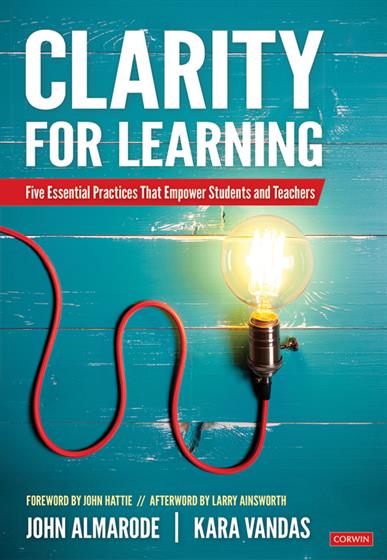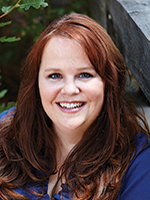Hands-on, Practical Guidance for Educators
From math,
literacy, science, equity, multilingual learners, and SEL, to assessment, school counseling,
and education leadership, our books are research-based and authored by experts
on topics most relevant to what educators are facing today.
Bestseller!
Clarity for Learning
Five Essential Practices That Empower Students and Teachers
First Edition
Foreword by John Hattie
Afterword by Larry Ainsworth
This book presents an instructional framework that provides readers with a systematic means to ensure that both teacher and student clarity is present.
Product Details
- Grade Level: PreK-12
- ISBN: 9781506384696
- Published By: Corwin
- Year: 2018
- Page Count: 240
- Publication date: October 24, 2018
Review Copies
Review copies may be requested by individuals planning to purchase 10 or more copies for a team or considering a book for adoption in a higher ed course. Request review copy - opens in a new tab - opens in a new tab




